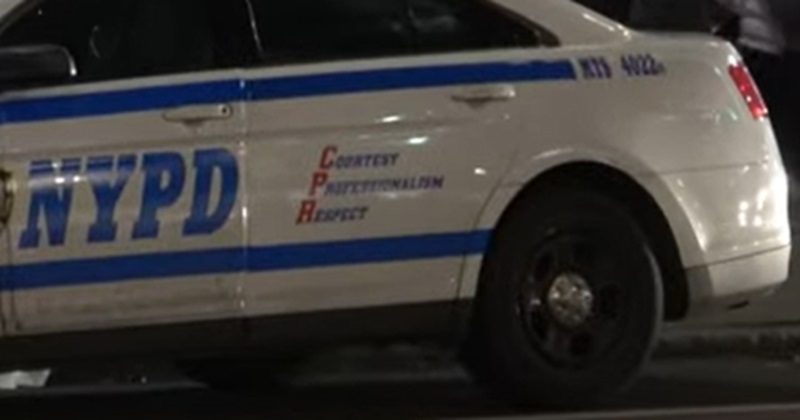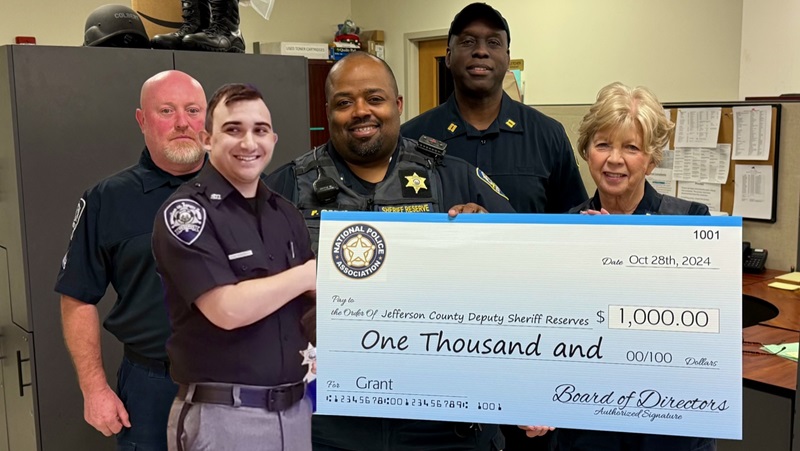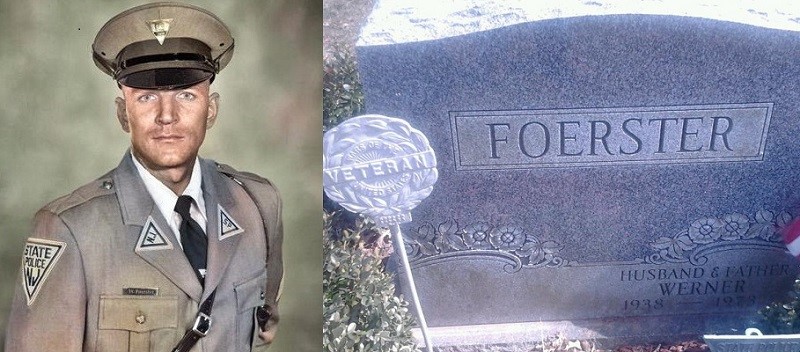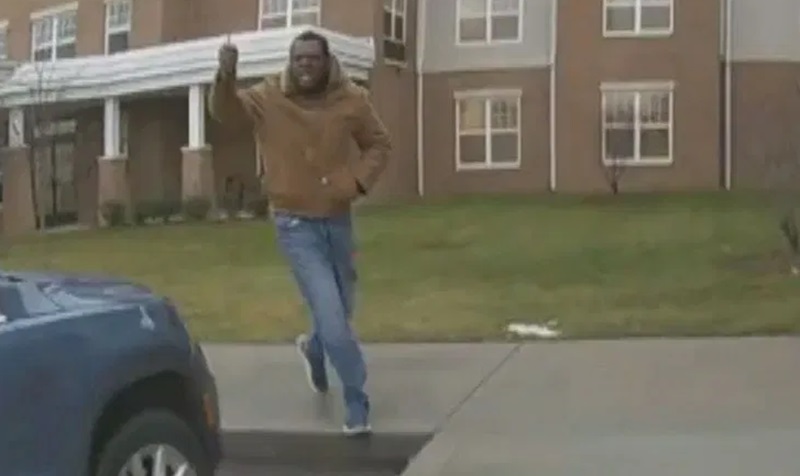
Perhaps no more optimistic harbinger of the end of the pendulum swing of anti-police sentiment is NYPD’s decision to change the slogan on their marked patrol cars from “Courtesy, Professionalism, Respect” to “Fighting Crime, Protecting The Public.” Hallelujah!
Why is that a big deal? Because the policing profession needs to get back to basics as expressed in the perfectly encapsulated mission statement to be carried on all of New York City’s finest squad cars. If it were within my power, I’d stencil that on every marked police car in the country.
I’ve ranted about mission statements which, like most trends that police managers borrow from the business world (usually years after the trend has faded), have been poorly adopted and written for years. Their popularity rose in the 1980s after management guru Peter Drucker recommended their development to help businesses define their core mission. Management in American industry had focused for years on the factory-inspired study of productivity. How many widgets can we get our assembly line workers to crank out? If you had the same misfortune I had of buying a 1980s American-made car, you know that the U.S. heavy industry world was in crisis. Management had to be more personal.
In any case, police administrators began crafting wordy fluff to make a statement that typically violated every rule of a good mission statement. The statements were long. They included way too much. They didn’t provide a focus for the organization to plan and train and budget toward. And no one in the organization could quote it. Then they added a vision statement, then a values statement almost as if they were trying to convince themselves of something. And, to my everlasting revulsion, half of them said that their mission was to “enhance the quality of life.” That’s like saying the mission of an oven is to enhance the quality of a cake. Leave community enhancement to the Garden Club.
Then came the altar of Community Policing at which all police administrators had to bow down and worship. That was another concept that few people could clearly identify. No doubt some good things came of the efforts, and I’m not an opponent. In fact, I wrote my doctoral dissertation on it. For some, it meant setting up a substation at the 7-11 (nothing like writing reports in front of a plate glass window). For some, it meant assigning an officer to head the new division. For some it meant foot or bicycle patrol, having a police-run ice cream truck, and running a midnight basketball game.
In any case, after about thirty years we entered the most anti-police era in American history after millions of dollars and thousands of bright ideas. Some say that we never really tried community policing the way it should be done. I can agree with that, we just can’t agree on the way it should be done. Anyone who wanted to ascend to police chief status had to claim to be a proponent, so the public was convinced we were all doing community policing. The reality is that for most grant writing law enforcement executives, the way to get more manpower and equipment was to say it was for community policing. In the 1970s it was for training, in the 1980s it was for drug enforcement, in the 1990s it was for community policing, in the 2000s it was for terrorism.
Now agencies just want to get their funding restored so they can have police officers on the street. Maybe it took a quarter century of trying to be friends, and the scandalous and ridiculous notion of defunding law enforcement to show that we need to get back to the business of fighting crime and protecting the public. That is the best public relations tool the police ever had.
Make a difference support NationalPolice.org






